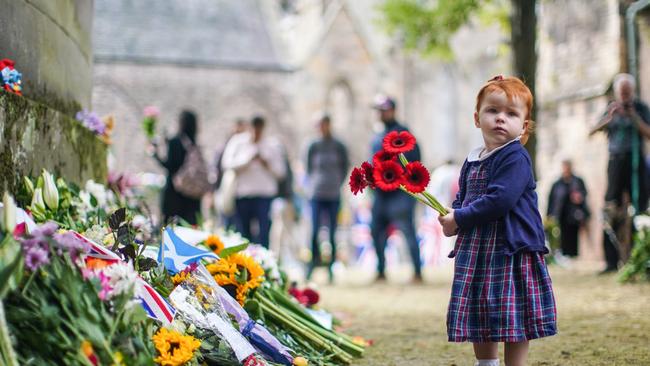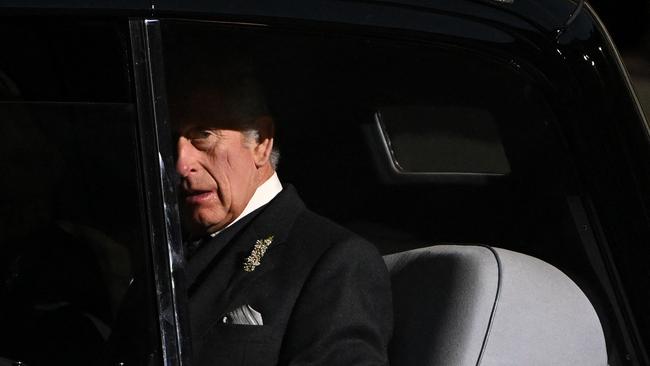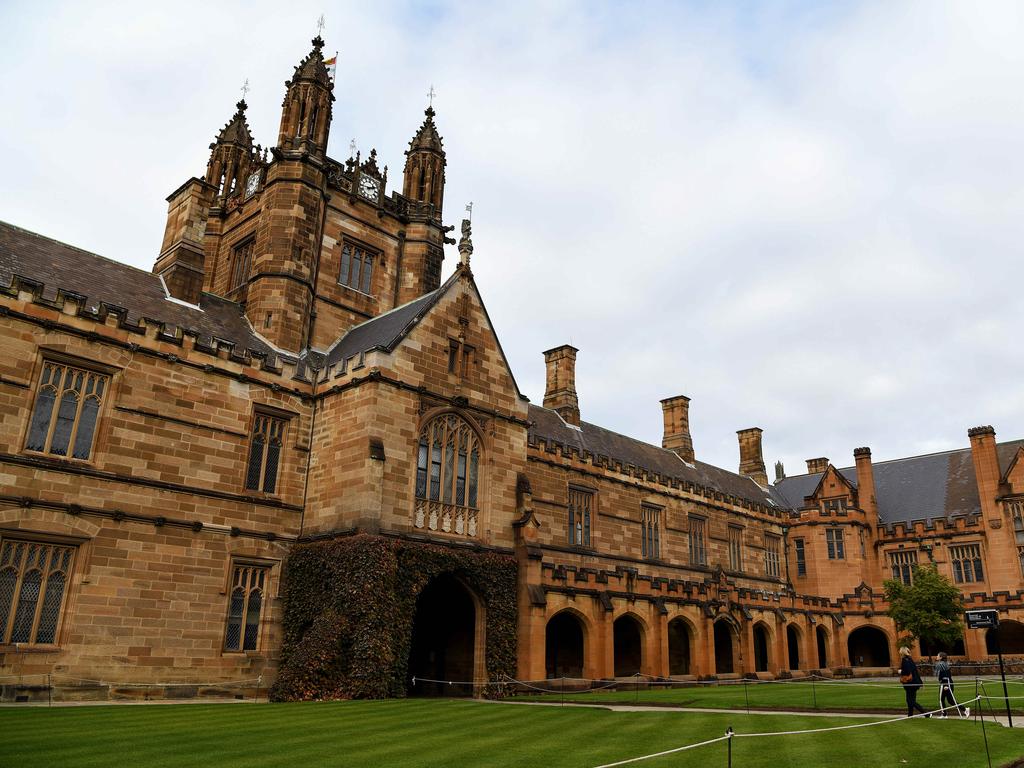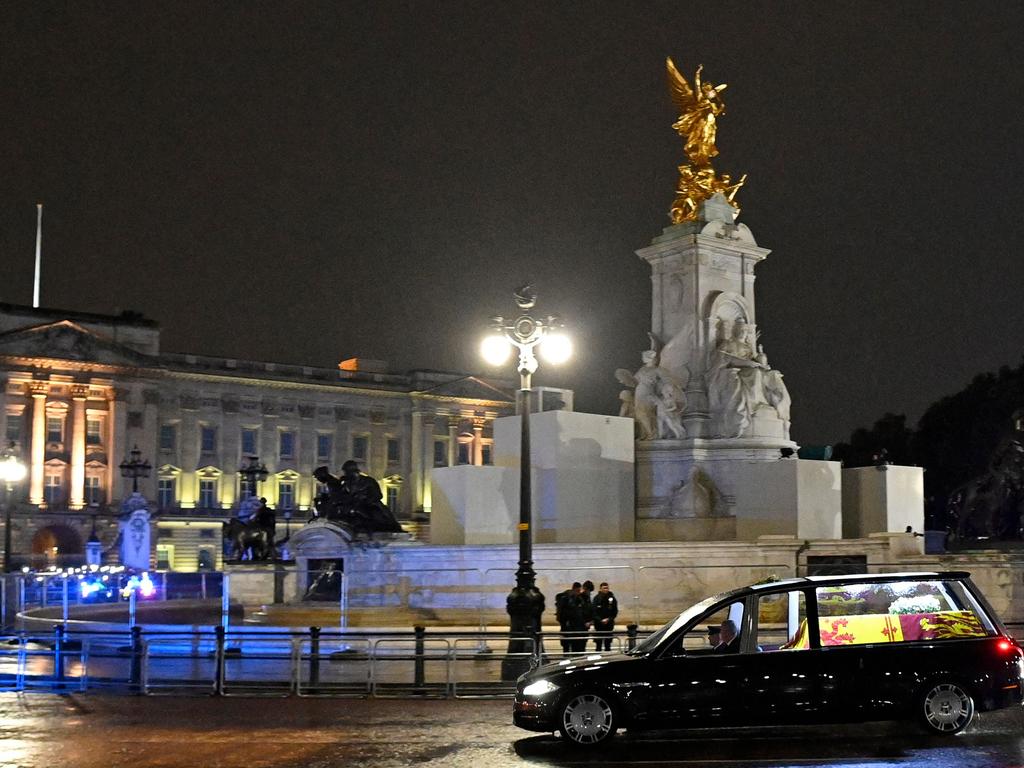How the Crown moved from the sacred to the everyday

As the Queen’s third prime minister, Harold Macmillan, anticipated presciently in the late 1950s, it was driven by “winds of change” that spanned the nation’s experience of the end of empire and the rise of the welfare state, new social movements in the ’60s, mass consumer society, along with the cult of individualism and the free market, to name only some. An astute constitutional monarch who formally presided over national political life, Elizabeth was a female head of state, and a wife and mother, in what was until very recently an overwhelmingly masculine world of high politics at home and abroad.
She presided with dignity and grace, but she also took her role to advise and warn seriously without ever overstepping the boundary between monarchy and hands-on governance.
Historians do not know the precise nature of the weekly conversations between sovereign and prime minister, but they can piece together the political contexts from other sources.
There is some evidence the Queen had concerns about prime minister Anthony Eden’s hapless imperialist adventure in the Suez Canal in 1956. Macmillan’s fall from power in the northern autumn of 1963 involved the Queen in the appointment of a new premier at this contentious moment of political transition for the Tory party. Fast forward a decade to 1975, and by accident or design she stood clear of any involvement in Australian governor-general Sir John Kerr’s dismissal of Gough Whitlam.

The Queen was unequivocally committed to the union of the four nations of the United Kingdom in the face of calls for its political dissolution by nationalists, especially in Scotland and Ireland. Equally, her role as head of the British Commonwealth was underlined on countless royal tours and visits, the last to Malta in 2015, which were always an exercise in informal royal diplomacy. Contemporary republican moves from Barbados, Jamaica and potentially Australia undoubtedly will mean a different future for the Crown under King Charles III. Yet the Queen had very finely tuned antennae when it came gauging public opinion, and she shared this sensitivity with her grandfather George V. Her deft combination of tradition and modernity was one of the defining characteristics of her reign.
Like her grandfather, the Queen endorsed the monarchy as splendid, public and popular, a tradition resurrected in the late Victorian period with the reinvention of tradition. There was no shortage of majesty about the Queen, but together with her advisers she upscaled royalty for successive ages of the media. With the benefit of hindsight, we can see changing times punctuating seven decades of history – in Britain and across the world.
“Kings and … princes now live in the fierce glare of modern publicity,” Canadian politician Sir Wilfrid Laurier had reminded the world earlier and his assertion certainly applied to the public performance of Elizabeth. At an early age she was worldwide news across the airwaves and on the newsreels, from the time of her famous 1940 wartime wireless broadcast made with her sister Margaret and her pledge from South Africa in 1947.
Her voice and image were an ever-present reminder of the soft power of the British monarchy. Mass television, which came of age at the time of the coronation in 1953, ushered in an intimate focus on the monarchy that went close up, literally and symbolically, while her decision to go walkabout in New Zealand in 1970 made the monarchy more immediately accessible for a mass public. So many of these innovations in style and performance first took place abroad, especially in Commonwealth countries.
Much more recently a younger generation of media audiences have been introduced to the Queen and her family via the multimillion-dollar Netflix series The Crown, which deftly weaves together constitutional drama with tales of love and loss, of palace intrigues and family feuds among the highest in the land.
The opening of the Queen’s papers when they reach the Royal Archives will shed more sober light on the life and influence of this remarkable monarch and what she came to embody.
But historians already know a good deal about popular responses to the House of Windsor from other sources. Information-gathering about attitudes to the royal family began in the late 1930s with the advent of Mass Observation, set up in response to the powerful emotions unleashed by the abdication of the Queen’s uncle, Edward VIII. Its aim was to provide “an anthropology of our people” in the words of its co-founder, Charles Madge. Since then, a vast archive has recorded popular attitudes that have ranged from adulation and respect to envy and derision.
In 1953, people in Sheffield and York clearly saw the Queen’s coronation as “a London thing”and there was evidence of some hostility in parts of Scotland. But researchers also noted the warmth of feeling about the Queen when she was seen in public. A 21-year-old bank clerk who previously thought her remote wrote of “a rising excitement in myself” when she came past in the state coach. A woman in a poor part of London’s Fulham who had spent large sums on money on street decorations explained on the eve of the celebrations: “We’ve always liked her as Princess Elizabeth … She seems so homely. Let’s hope she’ll be happy and we’ll all have peace.”
MO’s records point to the desacralisation of the Crown for at least some British people, positioning it less as part of establishment power and more as part of everyday life and human emotions. The successful, populist character of the British monarchy under the Queen is by no means concluded.
Royalist or republican, conservative or radical, all of us have been touched by Elizabeth.
Frank Mort is professor of cultural histories, University of Manchester, and author of the forthcoming book The People’s Crown: The British Monarchy in the Twentieth Century (Oxford University Press)







The death of Queen Elizabeth II marks a genuine historical caesura, closing a major chapter in the life of modern Britain. Her reign spanned one of the most rapid periods of social transformation.